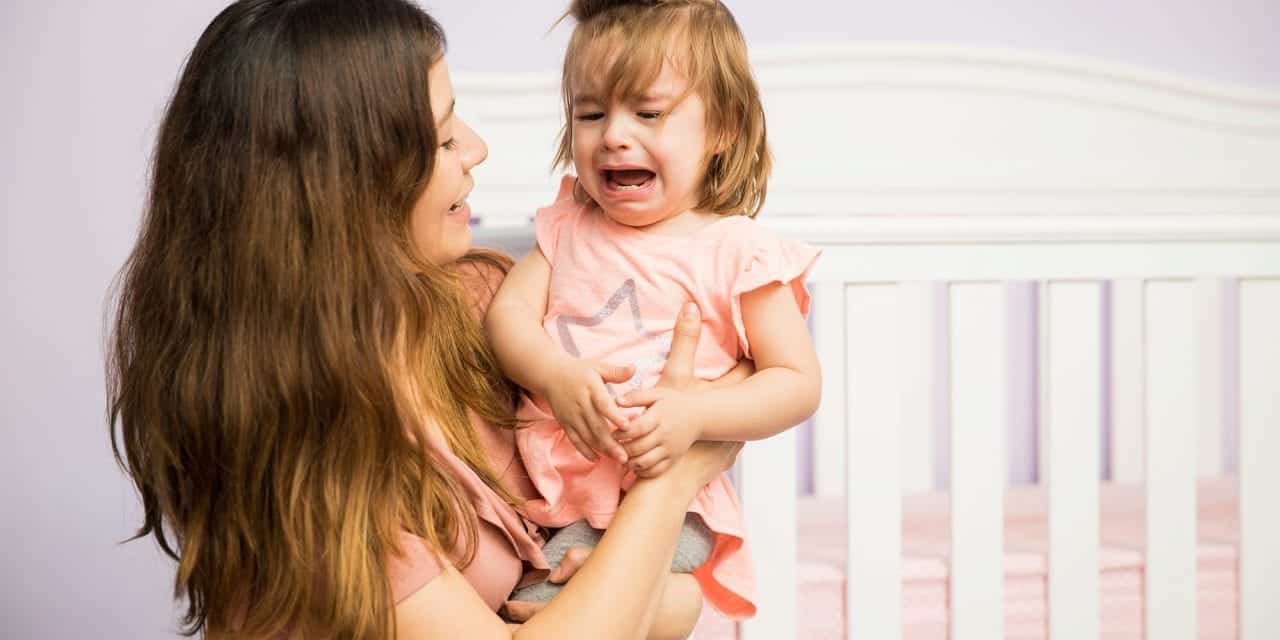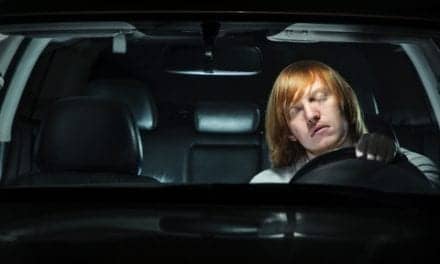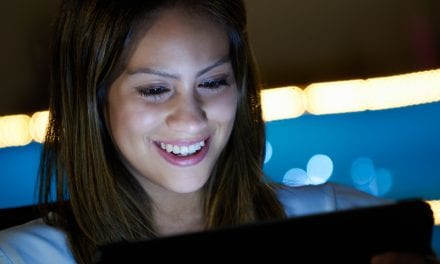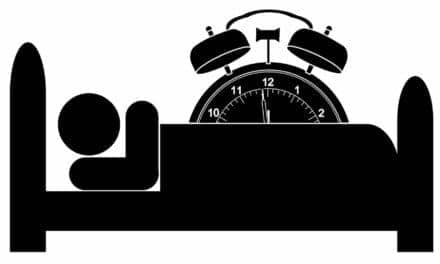At the AAST 2019 annual meeting, Lynelle Schneeberg, PsyD, spoke about how caregivers and sleep technologists can help the youngest patients sleep easy both at home and in clinical settings.
“My child only sleeps a few hours a night.”
“My child fights sleep.”
“My child is energetic when it is bedtime.”
“Bedtime in our house is an hours-long nightmare.”
These are a few phrases that licensed clinical psychologist Lynelle Schneeberg, PsyD, in the division of sleep medicine at Connecticut Children’s Medical Center, hears all the time in her practice from parents who are struggling with some aspect of their child’s sleep.
She says, in a lot of instances, issues getting a child to doze off and stay asleep in their own bed stem from environmental and behavioral patterns that can be identified and corrected at home with the help of a sleep psychologist. Unfortunately, there is a shortage of sleep psychologists; only a few hundred have been certified by the American Board of Sleep Medicine (ABSM). This can leave families without guidance in trying to solve their children’s sleep issues. In clinical settings, sleep technologists also must navigate often tricky cases when administering polysomnography on children.
During the AAST 2019 annual meeting in St. Louis, Schneeberg spoke about tips and tricks that caregivers, psychologists, and sleep techs can use to help children get to sleep and stay asleep.
“It is a huge issue,” Schneeberg told the audience during her talk.
Author of the recently published self-help book, “Become Your Child’s Sleep Coach: The Bedtime Doctor’s 5-Step Guide, Ages 3-10,” Schneeberg spoke about the importance of adopting healthy sleep habits in early childhood.
“We are trying to get to bedtimes of a reasonable time, [we want] a child who can self-comfort to sleep, a child who can sleep in his or her bed all night long and a child who doesn’t wake up too early,” she said.
Advice for Caregivers
A common scenario is when parents will stick around after the lights go out in their child’s room, until the child is completely asleep. The child may then come to rely on the parent’s presence as a source of comfort to fall asleep. This can lead to a sleep condition called behavioral insomnia of sleep-onset association type, which is insomnia that can be caused by a child’s need to be with a specific person to fall asleep.
To remedy the behavioral insomnia, or make it more manageable, a child may be given a “bedtime buddy,” which is a security object that replaces the parent as a source of bedtime comfort. This might be a blanket or stuffed animal.
Schneeberg also suggested a “bedtime basket” near the bedside, which is filled with objects that children can use to entertain themselves until they become drowsy. Schneeberg recommended including a book and a drawing tablet called a Boogie Board, which works like an Etch A Sketch.
“You are wanting them to have something to do, just like you do when falling asleep,” she said.
While a limited number of bedtime items can be helpful, parents should also be cautious not to create situations in which their child needs a wide range of products to help them sleep. When parents go to great lengths to make the child more at ease —employing white noise machines, essential oil diffusers, and weighted blankets—they can cause more harm than good. If a child is dependent on these items, a new obstacle emerges when they want to go to sleepaway camp or spend the night at a friend’s house. Said Schneeberg. “What are they going to do when they have to go anywhere?”
“I like a simple bedroom, not much to it.”
Trouble establishing rules and setting limits can fuel a second type of childhood behavioral insomnia, characterized by the child’s avoidance of sleep by making many requests of the caregiver after bedtime.
“You think you are in the clear, and then they call you back and they say a variety of creative things, ‘my bed feels weird,’ ‘my water is not cold enough,’ ‘I need to kiss daddy twice more,” said Schneeberg.
Parents regularly give in to these nighttime requests, unknowingly rewarding bad behavior. To change this pattern, parents can give out one or two “bedtime tickets,” which they can make themselves with a notecard. Each ticket can be used for a 1-minute request after the lights go out, but expire 10 minutes after bedtime. If the child does not redeem their tickets at night, then they may turn the tickets in for a reward in the morning.
When a child no longer has physiological need to eat in the middle of the night at around age 6 months, then parents should consider sleep training. This means putting the child in a crib, turning the lights out, leaving the room, and letting them figure out how to soothe themselves to sleep, said Schneeberg.
After this initial sleep training, parents may run into more difficulty when the child is old enough for a regular bed. “If you have a ninja, who makes it into your bed without you knowing, [a motion detector] is a great thing to have,” she said.
When undergoing the transition from crib to bed, Schneeberg also suggested putting up a gate outside the bedroom, which can serve as a visual reminder to the child that they are supposed to be in bed.
Parents should also remove all items from the bedroom that may disrupt sleep, including electronics. There should be no televisions in the bedroom. Pets, which may be a source of nighttime comfort, may also disturb sleep and should be restricted from the child’s room after certain hours.
Parents can also set an example for their children with healthy sleep habits of their own. The National Sleep Foundation (NSF) suggested that children whose parents have healthy sleep habits tend to have sleep environments more conducive to sleep. According to data from the NSF’s annual Sleep in America poll, nearly two-thirds, 65%, of children whose parents have one or more interactive electronic device, a tablet or smartphone, laptop or desktop computer, or video game, in their bedroom also have at least one device in their own bedroom. The poll also found that only 24% of children have a device in their bedroom if their parent does not.
“Electronics are prevalent in American homes, so it is important for parents to have a family strategy,” Helene A. Emsellem, MD, of The Center for Sleep & Wake Disorders and George Washington University Medical Center, said in a statement from the NSF.
For Sleep Techs
If an in-lab sleep study is recommended for a child, a number of techniques that can put the child at ease.
Sleep labs can conduct open houses for families who can bring their children to see the space and become more familiar with the setting before a sleep study.
The children’s book Ellie the Elephant Has a Sleep Study, which was written by sleep tech Christie Beckworth, can help children become more familiar with the idea of a sleep study. The book chronicles the story of an elephant who goes to a sleep clinic.
In a sleep lab, techs should consider using child-friendly language. For instance, when putting the pulse oximeter on, a tech might ask, “Which finger do you want for your finger nightlight?”
When putting sensors on the child’s head, the clinician might say, “We are going to put some gold coins in your hair.”
Before the study, sleep lab managers should consider giving out nasal cannulas to families of children who have upcoming overnights scheduled. The child can take the cannula home to try it out before the test.
Caregivers can help the child build positive associations with the nasal cannula. For example, they may bake cookies and when the cookies come out of the oven, the child has to put on their cannula. If the child is watching a favorite movie, the parent may ask them to wear their cannula. “I would love it if the cannula came out [in the sleep clinic] and your kid had really good associations with that already,” said Schneeberg.
No matter what sleep issues a child may experience, there are many actionable techniques that can be used by caregivers, sleep technologists, and sleep psychologists to make children more comfortable soothing themselves to sleep, make their environments more conducive to dozing off, and ease ongoing bedtime tantrums.
Find out about AAST’s upcoming events at www.aastweb.org/sleep-technology-conferences.
Lisa Spear is associate editor of Sleep Review.





